Students Feel Unprepared
Last year, on average there was a school shooting every week: one of the biggest was in Parkland, Fla. at Marjory Stoneman Douglas High School. With Parkland students and teacher standing up over the past year, it has made students, teachers and parents at other schools across the country more aware of school shootings.
Marjory Stoneman Douglas, had an armed officer on campus, the same lock down procedure that Rio has in place and it still wasn’t enough to stop the shooter. After the Parkland shooting, students at Rio came to the realization that as a school and a student body, we are unprepared.
Experts have made suggestions to schools and their students about what to do in case of a shooter some of them include throwing confetti, rocks, pencils, or holding up a backpack to their faces. Although these suggestions have been discussed, no new concrete solutions have been implemented in schools.
“You really can’t coach for every circumstance, but most experts now are saying students carry backpacks with multiple books especially at the high school level, and experts say to hold the backpack in front of your face,” said Vice Principal Nichols. “If you’re prone to it and the whole class are armed with books you can throw them at the intruder.”
Although teachers and administrators are educating themselves on what to do students are not aware of what to do.
“I guess get down to the floor,” said sophomore Sophia Cheng. “Nobody has told me anything.”
Some teachers at Rio think the drills that are run are sufficient and the threat of a shooting isn’t something to worry about. While students think otherwise.
“Gun safety is a very big priority to me,” said freshman Kayla Warmolts. “I don’t think gun safety at Rio is talked about a lot and should be talked about more.”
Out of the 62 people that were surveyed, 85 percent of students say that they feel safe during the day, and 68 percent feel safe at night; however, only 38 percent know what to do if a shooter were to come on campus. There is a difference between feeling safe and being safe in a dangerous situation.
“For a lock down, teachers would stop teaching, lock the doors, cover the windows and students would take cover as far from the window as possible,” said Nichols.
The messages of how to stay safe is not reaching students, leaving them in a state of confusion about what to do.
“I haven’t really been taught about what to do in case a school shooter actually did come on campus,” said sophomore Lili Valencich.
The school is only required to do one lock down, and one shelter in place drill a year making practices limited.
There are many options of what to do, but the main thing that most people are told is to try to remain as calm and collected as you can be.
“Stay calm, don’t make noise, don’t let them know where we are, don’t panic your parents and just remain calm,” said French teacher Alicia Murray.
Telling people to remain calm is easy, but actually having students remain calm is another thing. Students aren’t the only ones in the room, teachers are expected to not only remain calm and collected, but to protect 35 teenagers from potential danger.
“Within the last twenty years [school shootings] have been something I was never really worried about prior to 1999,” said history and government teacher, Gary Blenner.
Columbine was one of the first major school shootings in the U.S. in 1999, so before this people weren’t as concerned with school safety. Today, because of a growing epidemic of shootings across the country, people are more aware and more concerned with their safety.
“Safety of the students will of course always come first,” said Nichols.

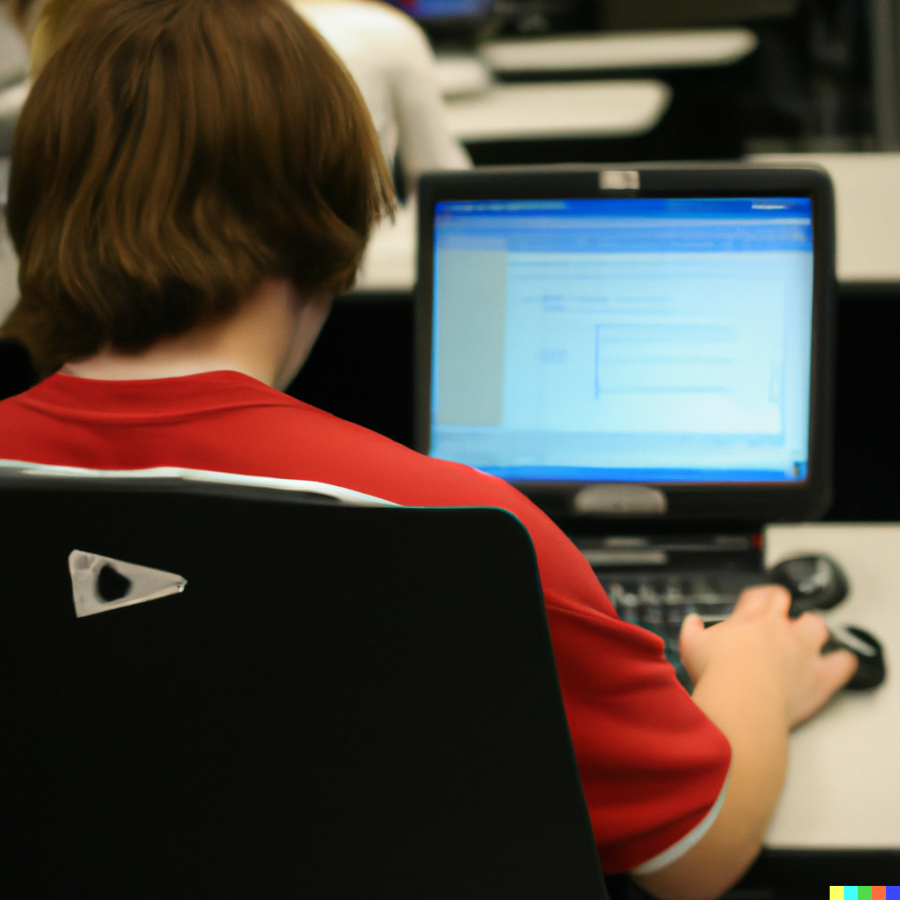
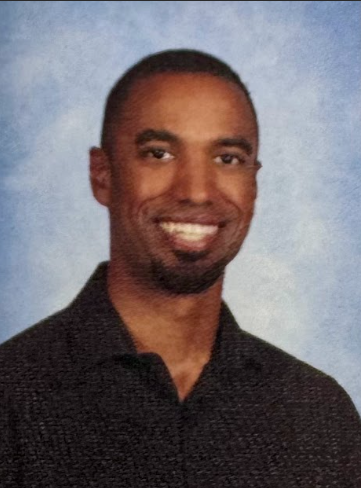
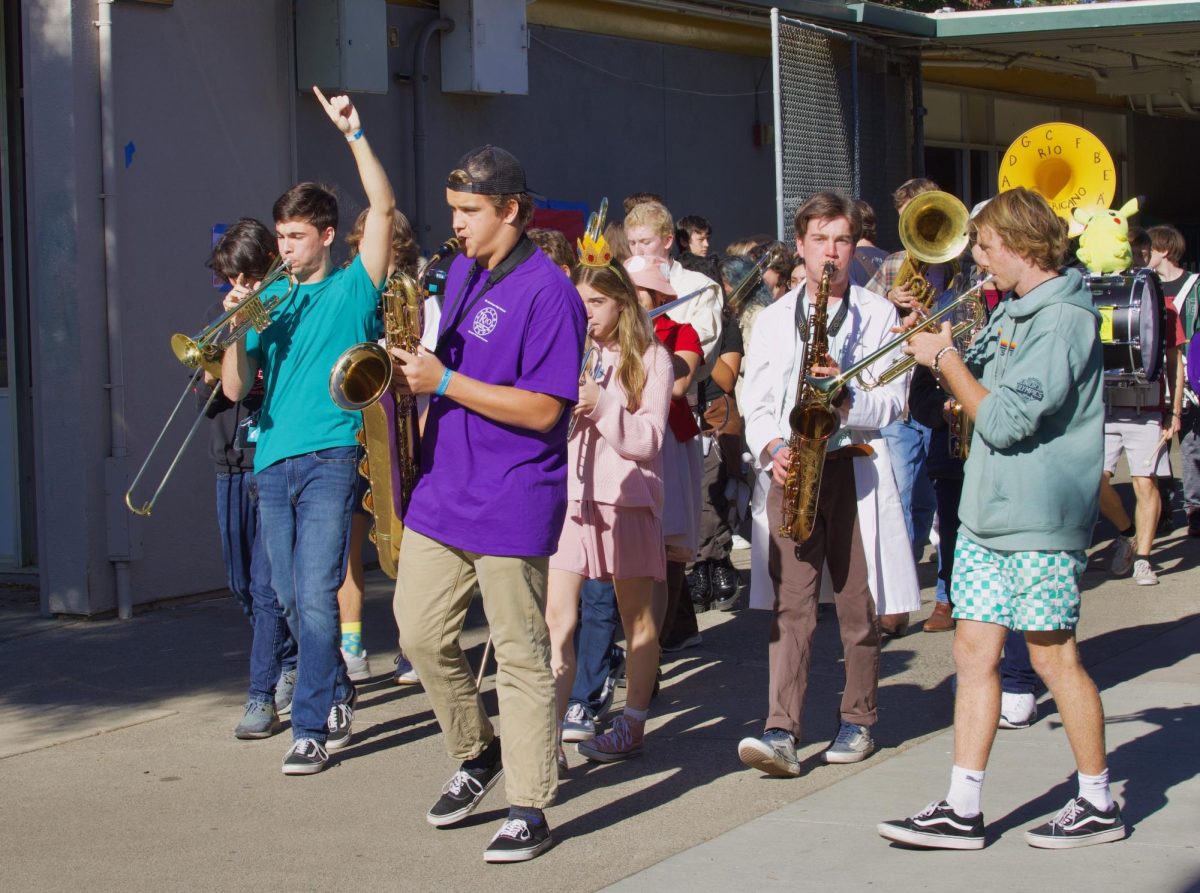







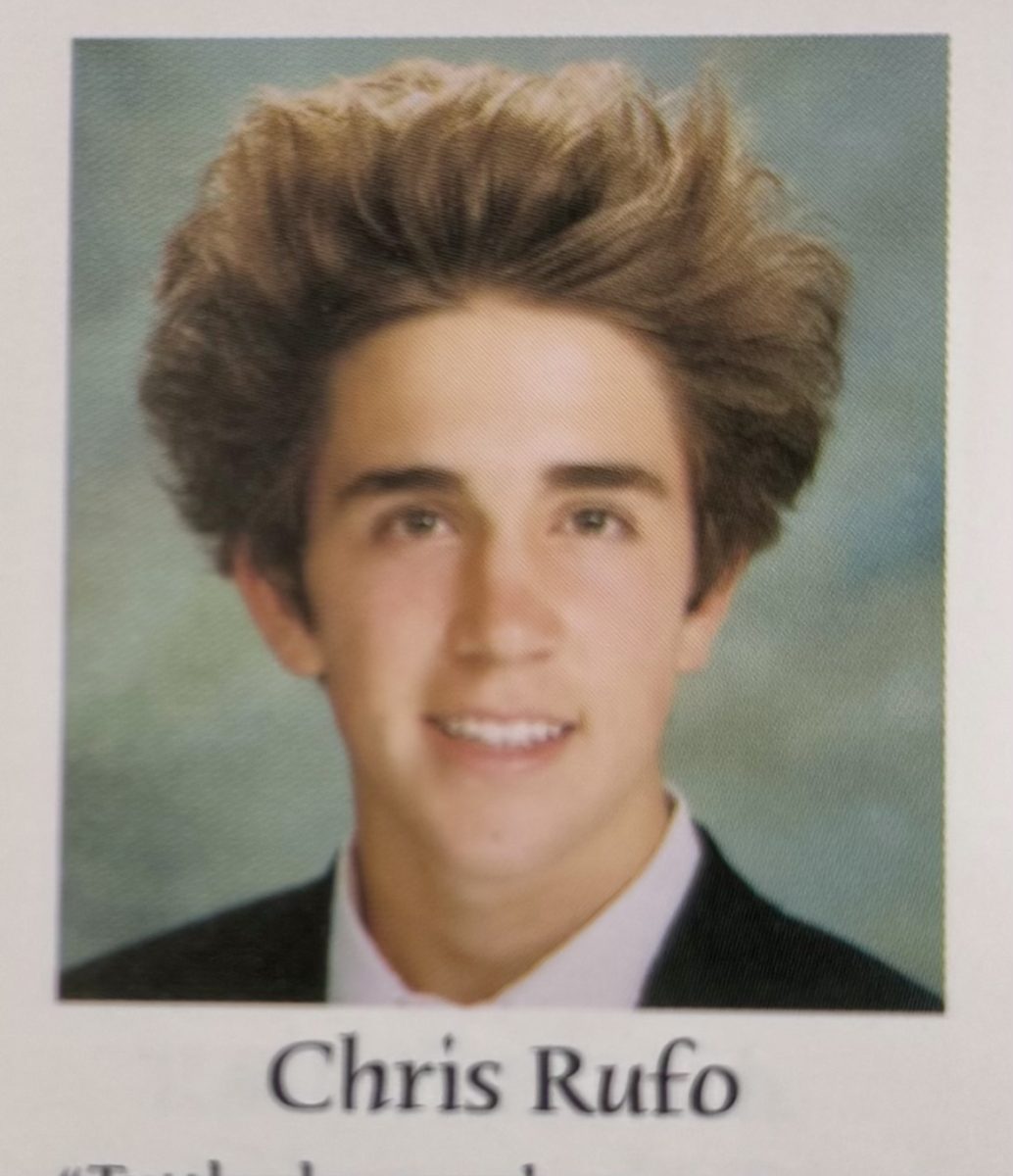
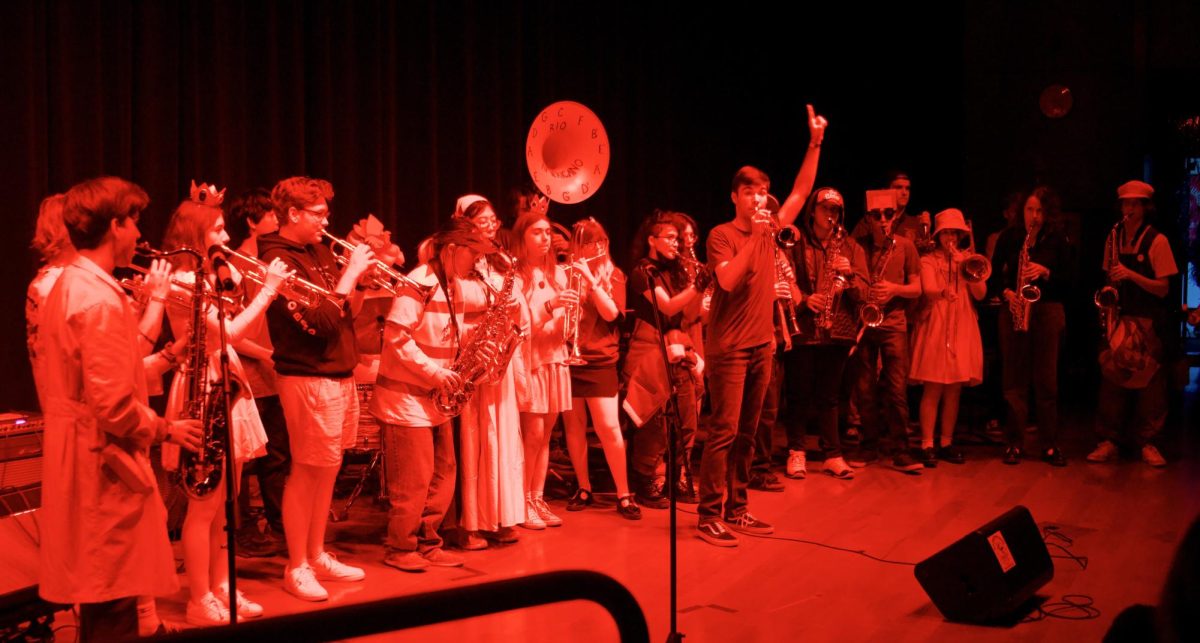
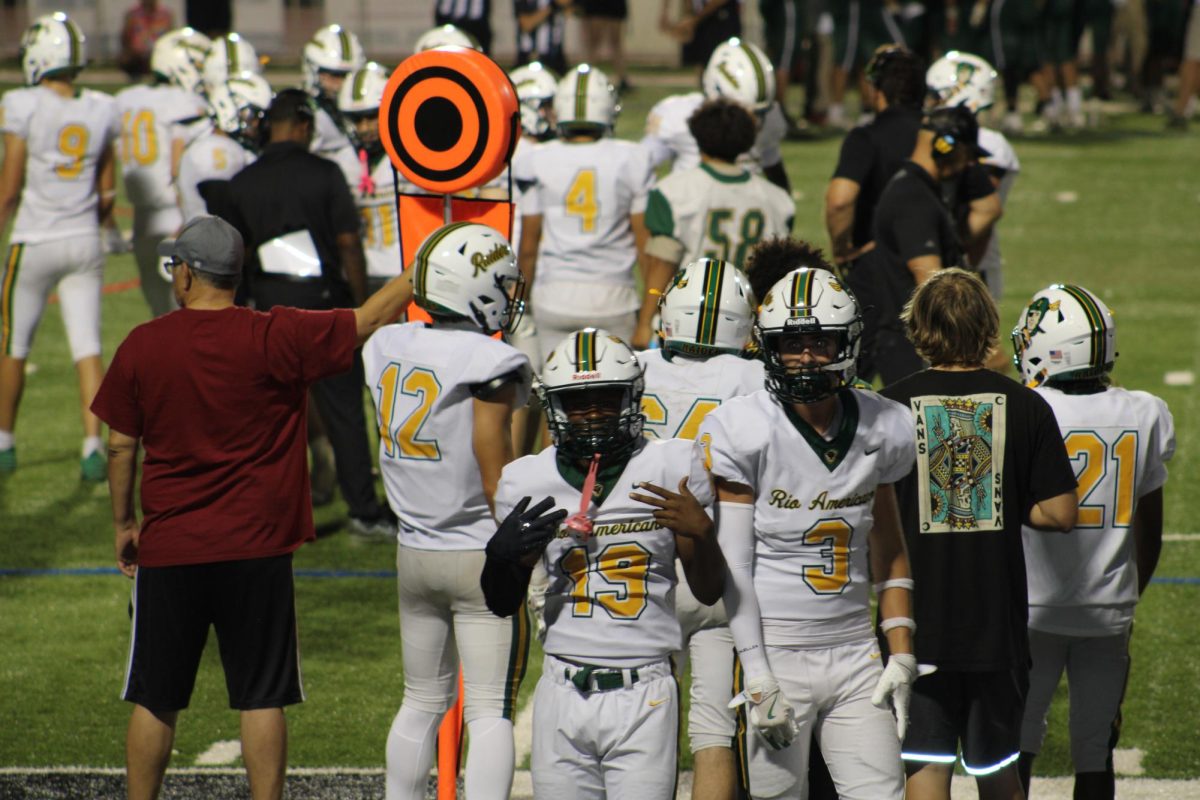
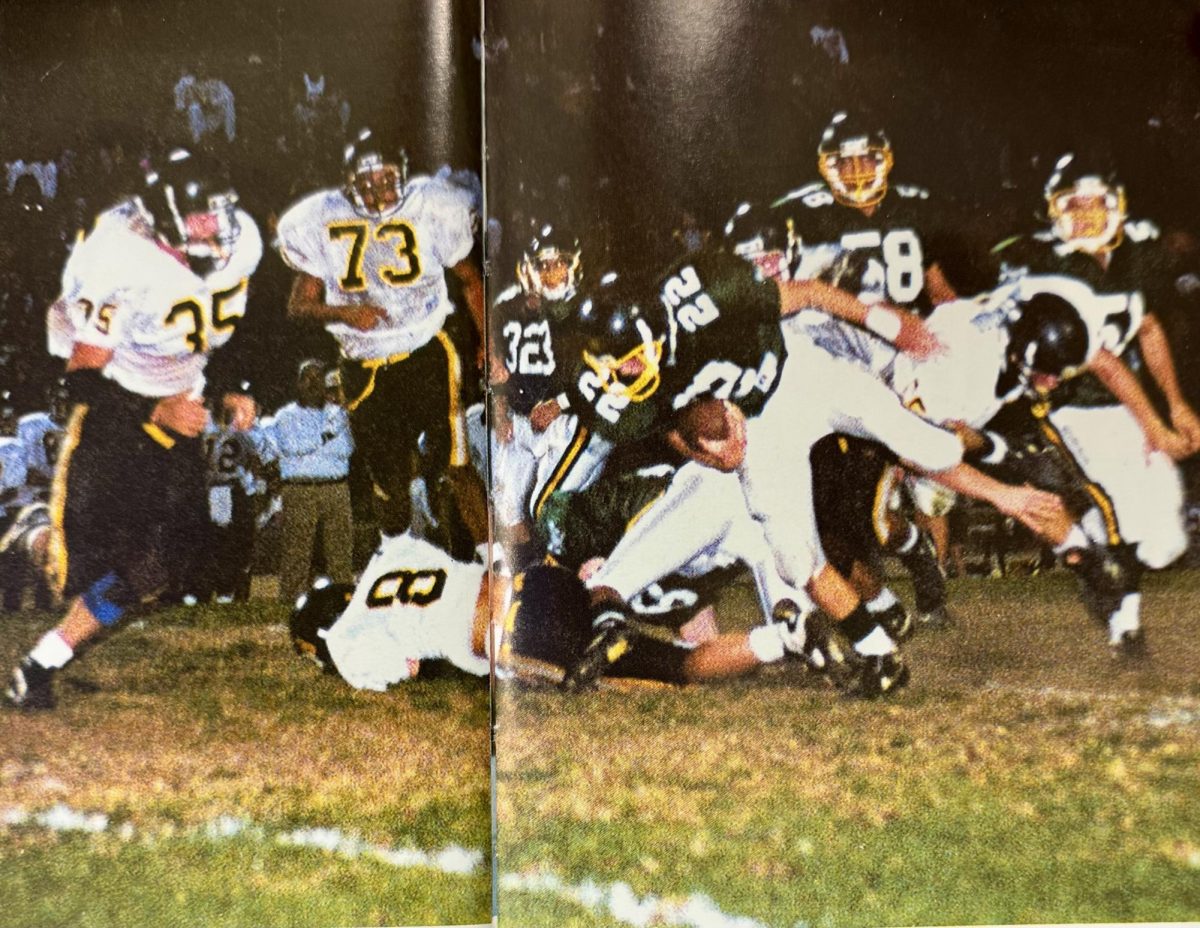
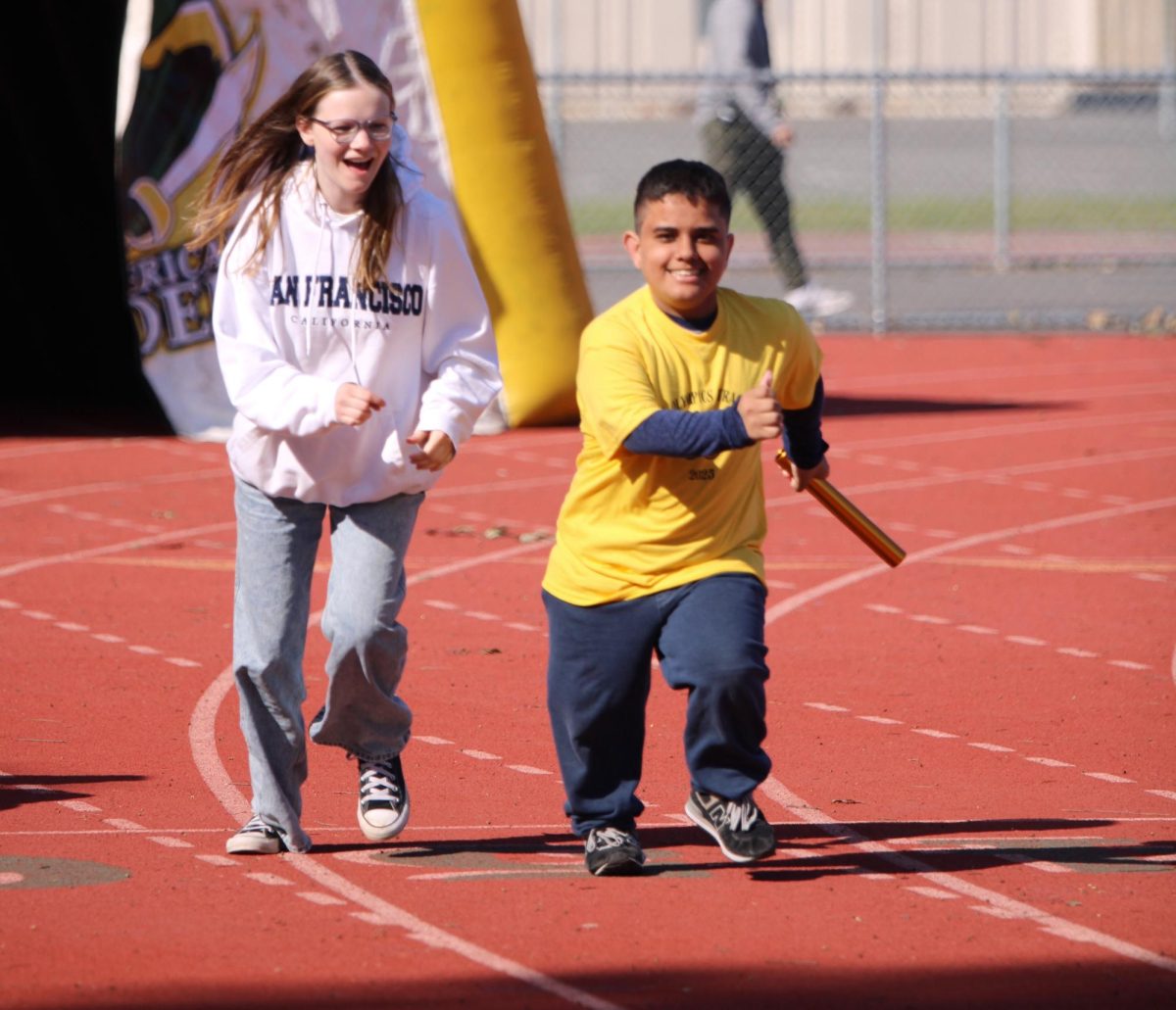
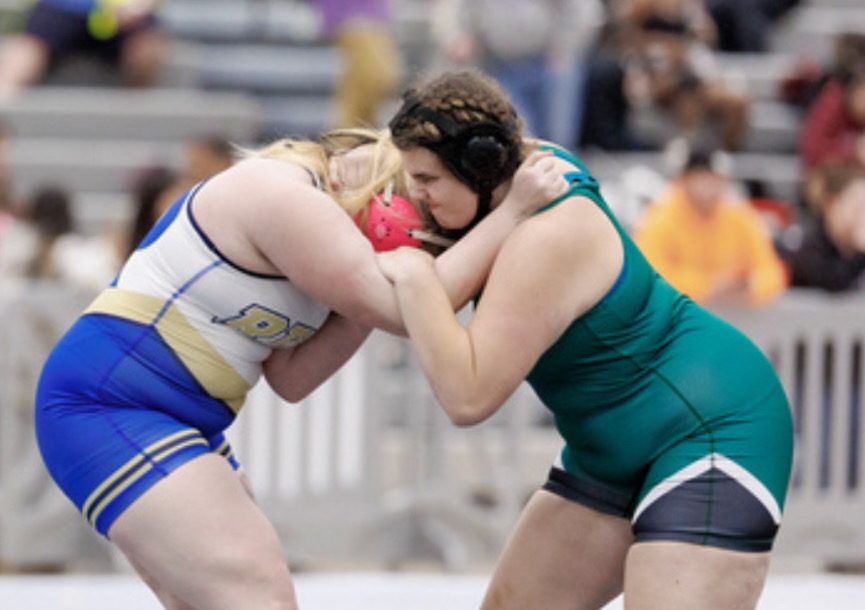

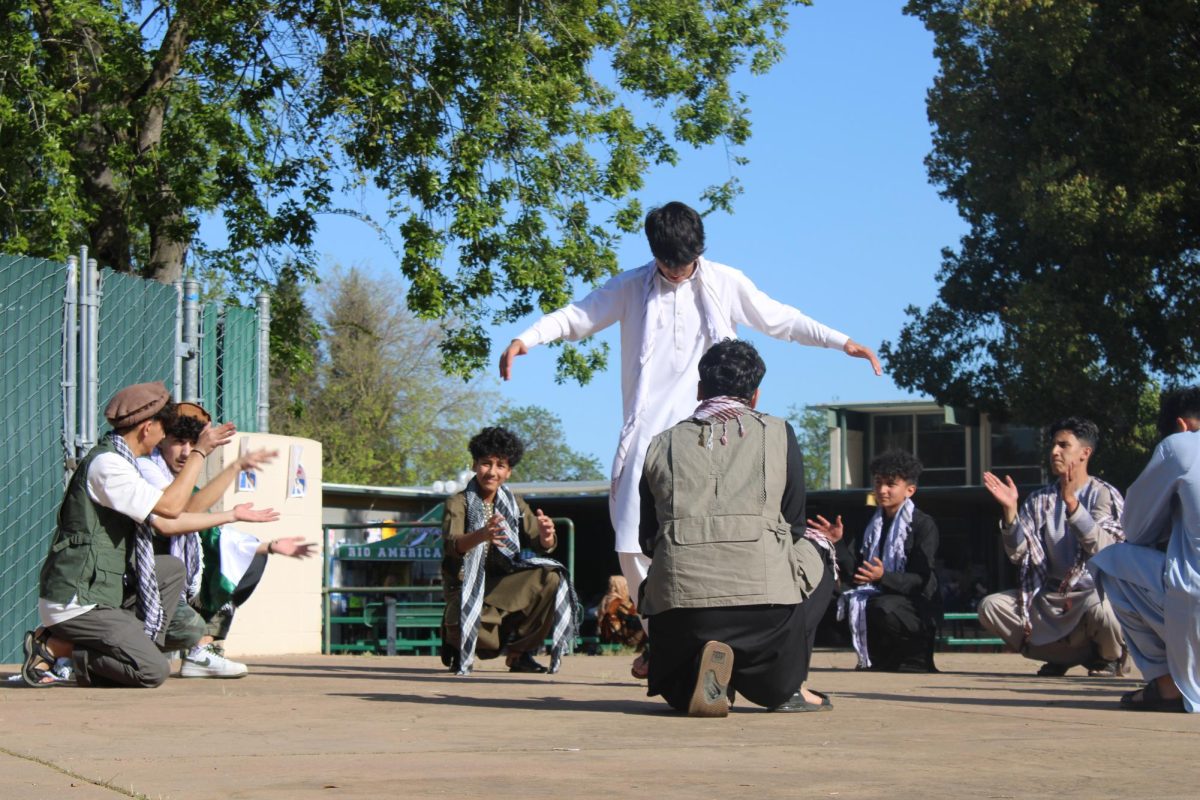
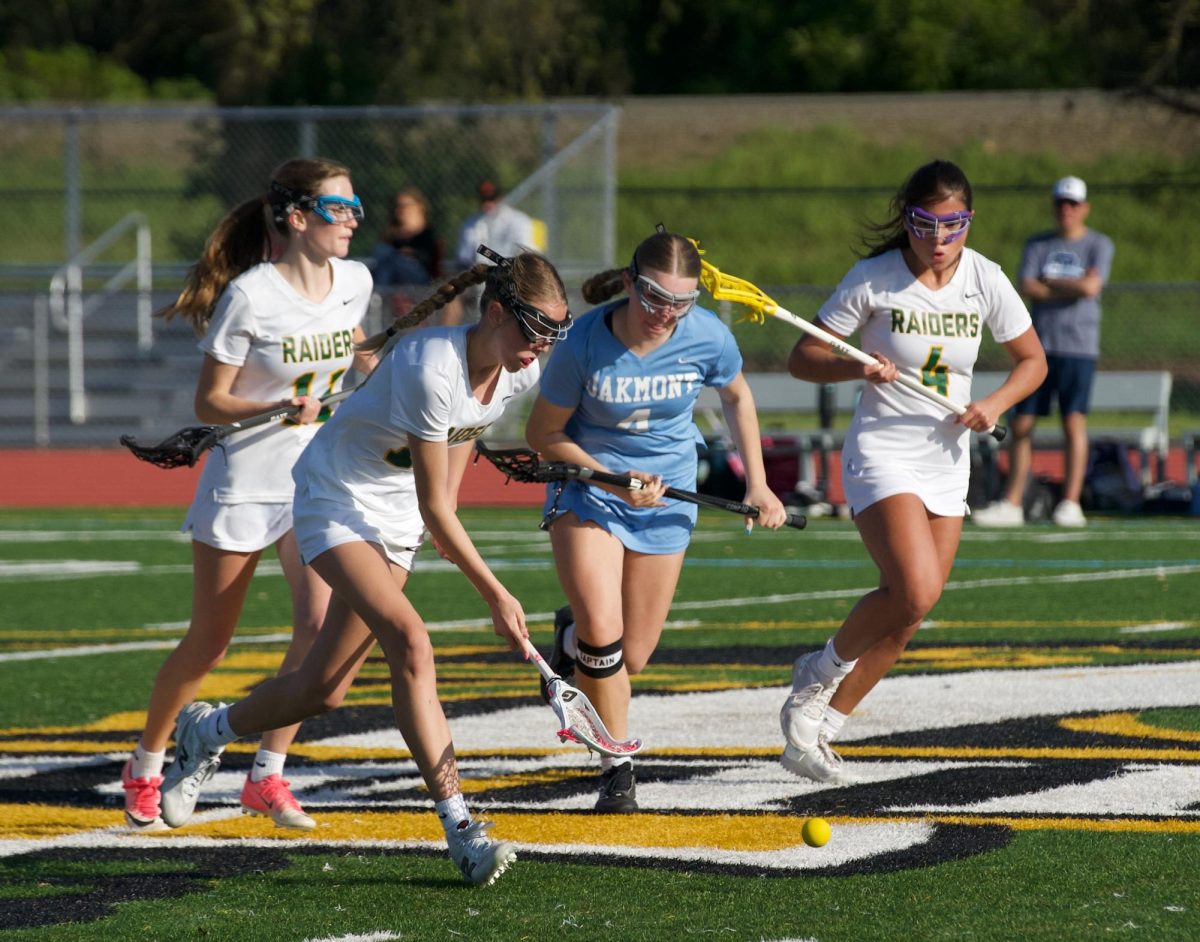
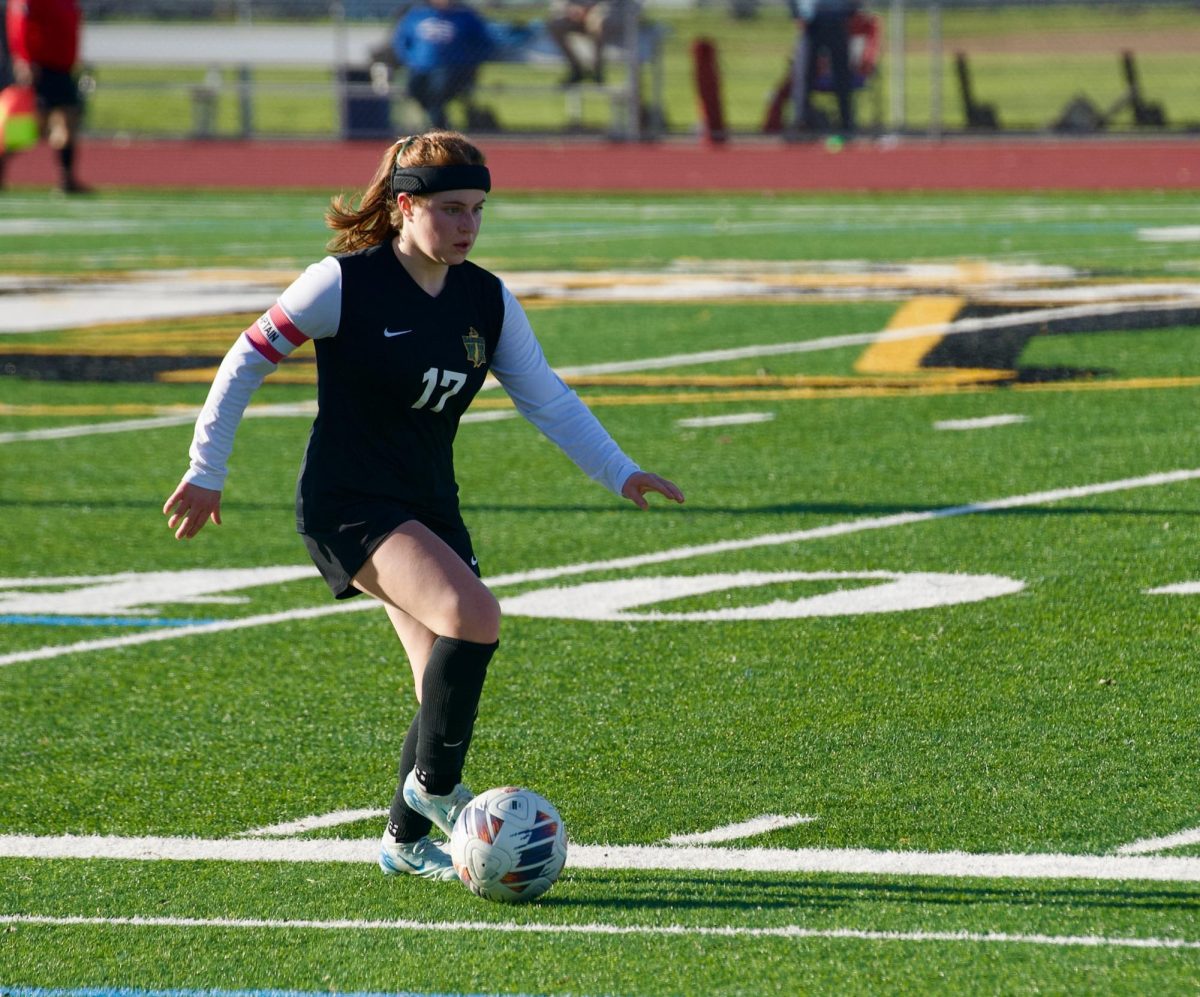
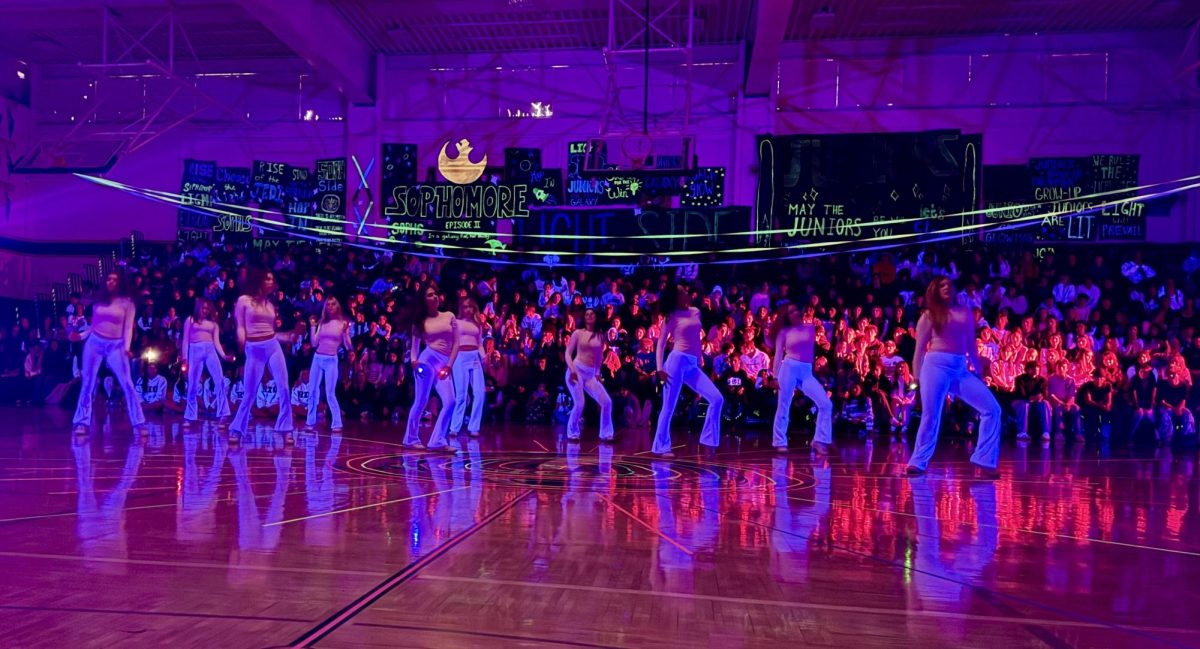







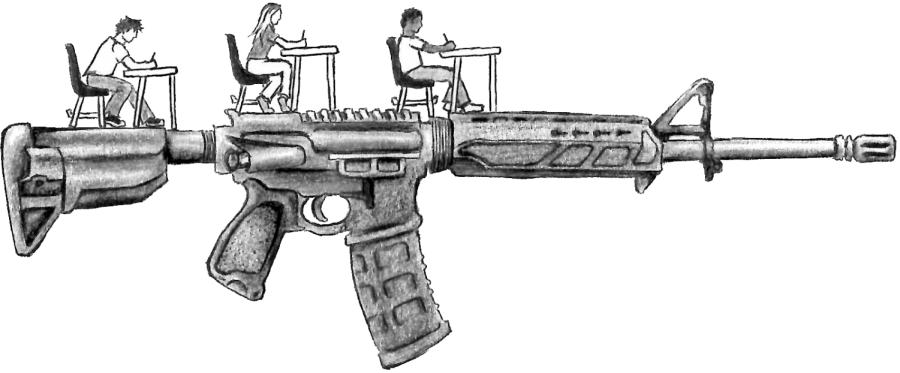



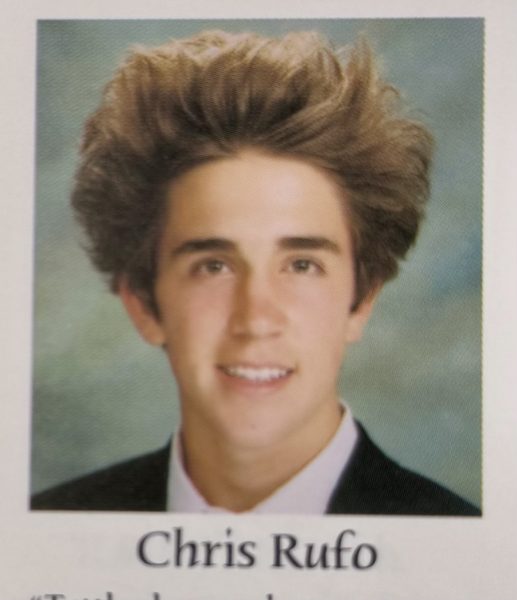
brian kutcher • Mar 6, 2019 at 10:51 AM
it was very well written and showed me that students dont know what to really do during a shooting. i thimk we should teach kids what to do.